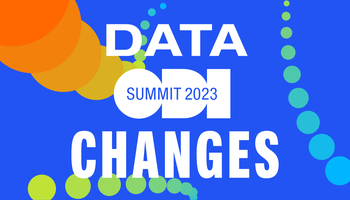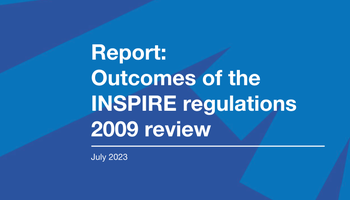
We have provided guidelines to help you understand, select and apply licences to allow you to reuse geospatial data – as an individual or as part of a wider team.
Read Using geospatial data: a guide to licences
We welcome contributions of additional answers for other licences or other data stewards, examples of use of this guide in different contexts, and ways in which we can improve it in the future.
To build an open trustworthy data ecosystem that will help people, organisations and communities use data to make better decisions, data practices should be implemented in a way that increases trust.
To ensure compliance and to build trust when reusing geospatial data, it is important to:
- ensure you have legal permission to use the data (as set out in the data licence)
- ensure you comply with relevant legislation (eg data protection or other types of legislation), and
- consider ethical issues that may arise from your use of the data
Licence to use geospatial data
This guide focuses on the first of these areas – ensuring you have legal permission to use the data. When you use data you need to have permission from the data steward (person or organisation who collects, maintains and shares data) to use the data as you wish. This permission is usually granted through a licence which describes what you can do with the data.
Users of geospatial data can often find it difficult to understand the language used in data licences. This can lead to uncertainty around whether they can use the data in the ways they need to, for example to create new products and services.
A lack of confidence in interpreting data licences can mean that data users don’t build products/services, don’t include useful data in their projects, or miss the opportunity to publish and distribute additional open data.
At the ODI we want people to maximise value from geospatial data. We have produced this guide to help people understand what they can and can’t do with data published under some common geospatial data licences.


